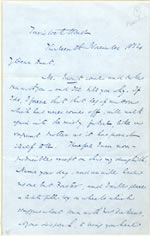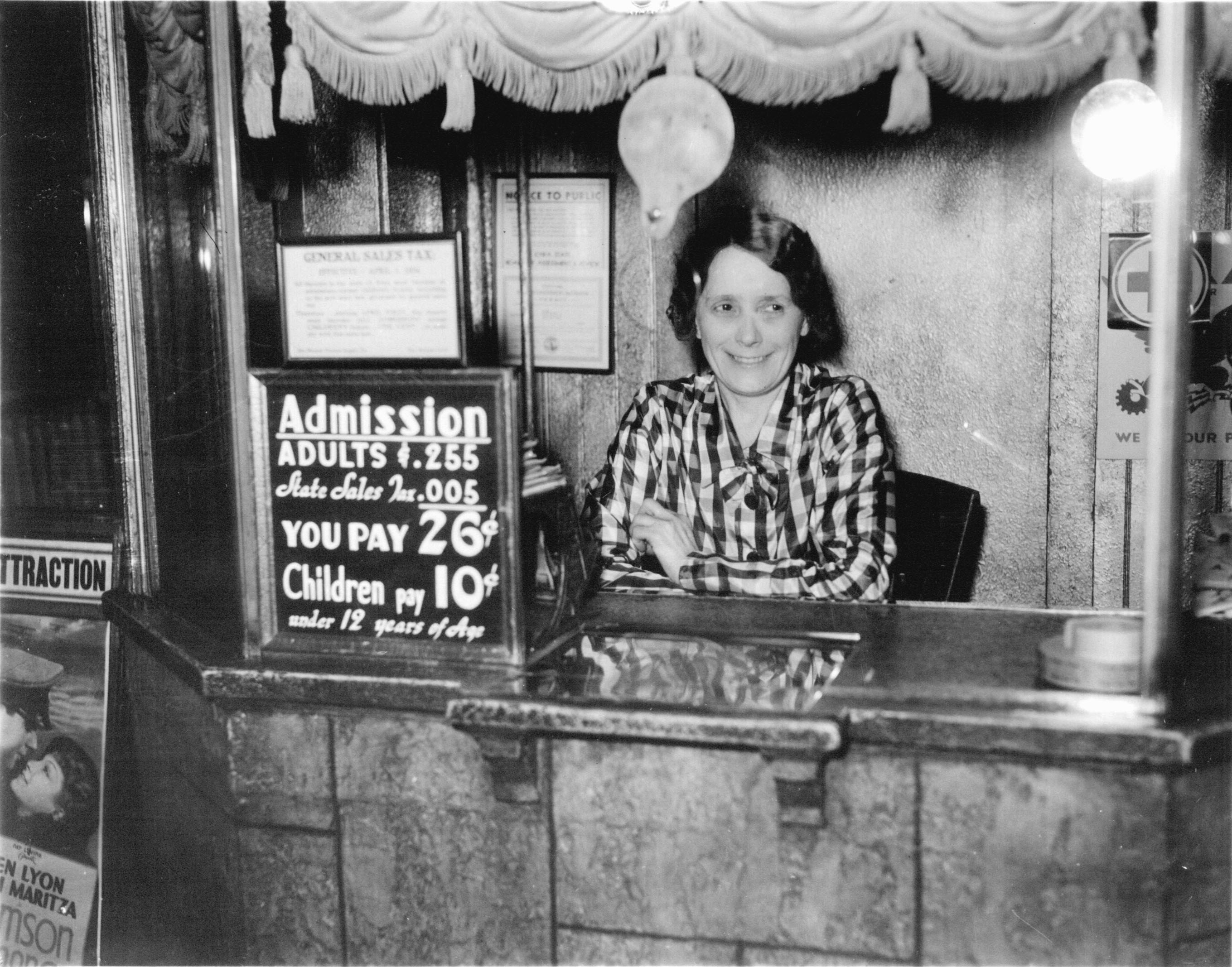While freshman students can often seem impossibly young to those of us on the other side of the information desk, library staff took comfort in finding that the packs of youths roaming the UI’s book stacks on Dec. 5 were in fact junior high school students from around the state, on field trips to do research for National History Day. Along with members of the Reference and Instruction department and the Iowa Women’s Archives, DLS spoke at an orientation to introduce these students to some of the Libraries’ resources on this year’s NHD theme, “Triumph & Tragedy in History.” Relevant primary source documents that we highlighted from our Iowa Digital Library and the statewide Iowa Heritage Digital Collections included the Mujeres Latinas collection, the Johnny Bright Story, and the ever-popular WW2 War Dogs collection.
The student historians’ itinerary also included a trip up the hill to visit the Old Capitol Museum’s new permanent exhibit, the Iowa Youth Diaries Project, featuring young Iowans’ diaries dating from 1860 to 1910. DLS assisted with the project by training the museum’s student assistants on digitization and by hosting the online collection, which was created from artifacts provided by the Iowa Women’s Archives and the State Historical Society of Iowa. Below are a few excerpts from our Historic Iowa Children’s Diaries digital collection; for more information about the museum’s Diaries Project, see its UI News Release and a feature from the Dec. 7 issue of The Daily Iowan.
–Jen Wolfe
Metadata Librarian
Apr. 21, 1867 Pa is at court; we expected him back last night, but he has not yet returned. Ma is afraid some accident’s befallen him. Mr. L. was to come with him. We had quite a rarity for dinner: chicken. Spring is now here, and I expect we will soon have plenty of chickens.
At dinner, I spilt water over the table twice, and ma is going to whip me for it, so she says. That sounds funny, does it not? A girl, near fifteen, being whipped for soiling the table cloth, ha ha ha, I cannot refrain from laughter. Friday was Good Friday. How well I remember that day one year ago, it was the day of celebrating Lee’s surrender. But how changed was the morrow. The stores that the day before were trimmed so gay were draped in black and most were mourning for the death of Abraham Lincoln.
Today is Easter. Frankie colored some eggs. I have committed to memory my piece for the examination.
— Linnie Hagerman (1852-1934)Nov. 5, 1872 The Election passed off very quietly here. Grant was reelected to the Presidency. His majority in Iowa was about 53,000. Father did not vote at all. It snowed considerable last night & today also. We have got about 4/5 of corn gathered at Present. Price of corn is 14 x 15 cts.
— Oliver Perry Myers (1856-1933)Aug. 12, 1875 After dinner I practised, dressed myself & went down town to get my shoes. In the evening Nellie had a beau & May wanted to practise so I stayed up stairs & darned my stockings & began to read Mrs. A.D.T. Whitney’s “We Girls.” I like it very much although I have not got very far yet. Tomorrow Barnum’s great Hippodrome exhibit’s here, I guess
we will go. The papers say that such a gang of thieves come with it that they have a car all to themselves. Willie Hervey has lent Nellie his pistol loaded & given to her caps. She is going to put in on a chair close to her bed.
Aug. 13, 1875 In spite of the pistol, no burglars came last night. This morning I walked way down to 4th St. with Linn & then went up into the town clock building. I did not get home til noon & was so tired I stayed at home all afternoon. In the evening I went with Mr. C. & Gracie to the circus. Got home at 10 P.M. It was pretty good. I am very tired.
— Belle Robinson (1862-1887)



